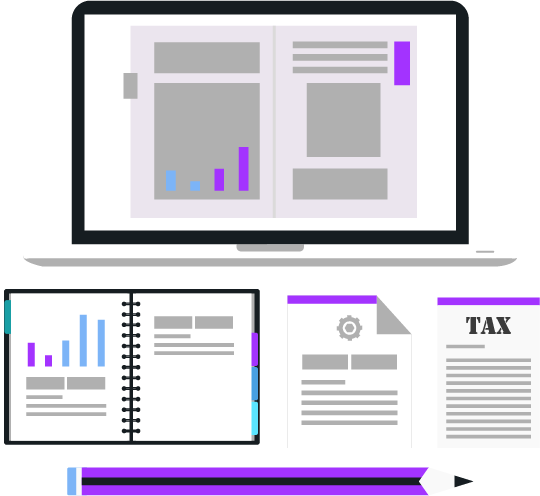Table of Content
Share This Article
- Published: January 30, 2021
- Last Updated: February 10, 2025
Bookkeeping is essential for every business, negligence in bookkeeping can affect your business’s financial health and in the long term may attract legal consequences. As a restaurateur, there must be a lot going on that requires your time and efforts; thus, you might not be able to focus on the bookkeeping process. It is a necessity to have an accurate bookkeeping system in place, and it will help you in
- Analysing your business financial health regularly
- Budgeting and forecasting for future finances
- Understanding whether you are receiving money and making payments on time
- Preparing for the tax filing period on time without fail
- Maintaining an optimal and positive cash flow
- Understanding the overall income-expenditure better and keep track of overspending and necessary expenditures
- Decision-making process and secure funding when your business grows
You can hire outsourced restaurant bookkeeping partners to avail all the benefits above without juggling with your core business activities and running numbers. Now that we know the benefits of having a bookkeeping system in place let us understand how to set a bookkeeping system for your restaurant business –
Step 1: Hire a Bookkeeper
Most business owners make a common mistake when they start – not hiring a bookkeeper. While it is okay to perform many tasks independently, a task like bookkeeping requires a professional, especially if you are not a pro at bookkeeping. Our suggestion here is to hire a bookkeeper with prior experience in the same industry. If you can’t find an ideal person for this role, you can opt for outsourced bookkeeping services, which can also be an affordable option for a restaurant that just started its business.
Step 2: Choose an Ideal Accounting Method
There are two accounting methods to choose from – Cash accounting and accrual accounting. On a cash basis, payments received are recorded in the income year even if the work was done in a different income year. Additionally, for a product or service already provided but payment not received during the income year, it is not recorded. Accruals basis, whereas accounts for all income earned during the income year even if the payment were not received. We suggest accrual accounting methods for restaurant businesses.
Step 3: Set up the chart of accounts
A chart of accounts is a list of accounts used by the business owner to categorise and classify financial assets, liabilities, and transactions. Apart from the standard chart of accounts, including assets, liability, revenue, expense, and equity, businesses use specific categories as per the need of their business and the industry they belong to. It is essential to maintain a clear and specific chart of accounts that will eliminate all possible future confusion.
Step 4: Selection of a Point of Sale (POS) system
POS system has become the need of the hour for all restaurateurs, and it helps in the management of cash, inventory, order, and tasks like sending an electronic invoice via text or email. You need to select an ideal POS system as per your business requirement or a system that is popular for your industry. Make sure all sales are recorded in the POS every day without fail. The great thing about the POS system is that nowadays all popular POS systems can be easily integrated into your accounting software.
Step 5: Selection of an accounting software
Manual entry of transactions can be not just monotonous but also a dreadful task, and not only this it is prone to human error. Investing in accounting software can reduce errors and also help in accessing your business financial information from anywhere, anytime.
Step 6: Perform Bookkeeping
Once all of the above steps are set in place, now the final step is the actual bookkeeping task which is an on-going process. Your bookkeeper has to regularly gather all source documents, like invoices, receipts, bills, both incoming and outgoing ones; and other relevant documents, this process is made easy with the help of POS and accounting software. The gathered financial information then has to be analysed and sorted in the respective chart of accounts while making sure there is no error in passing journal entries and posting entries to ledger accounts. After this comes the end-of-period procedures like accounts reconciliations subsequently which books are closed for that period.
Now that we have provided you with the process of setting up an ideal bookkeeping system for your restaurant, you next need to focus on calculating and evaluating important restaurant-specific KPIs and ratios. We will talk about these KPIs and ratios in our next blog.

Get customized plan that supports your growth

Thousands of business owners trust Whiz to manage their account
Let us take care of your books and make this financial year a good one.





